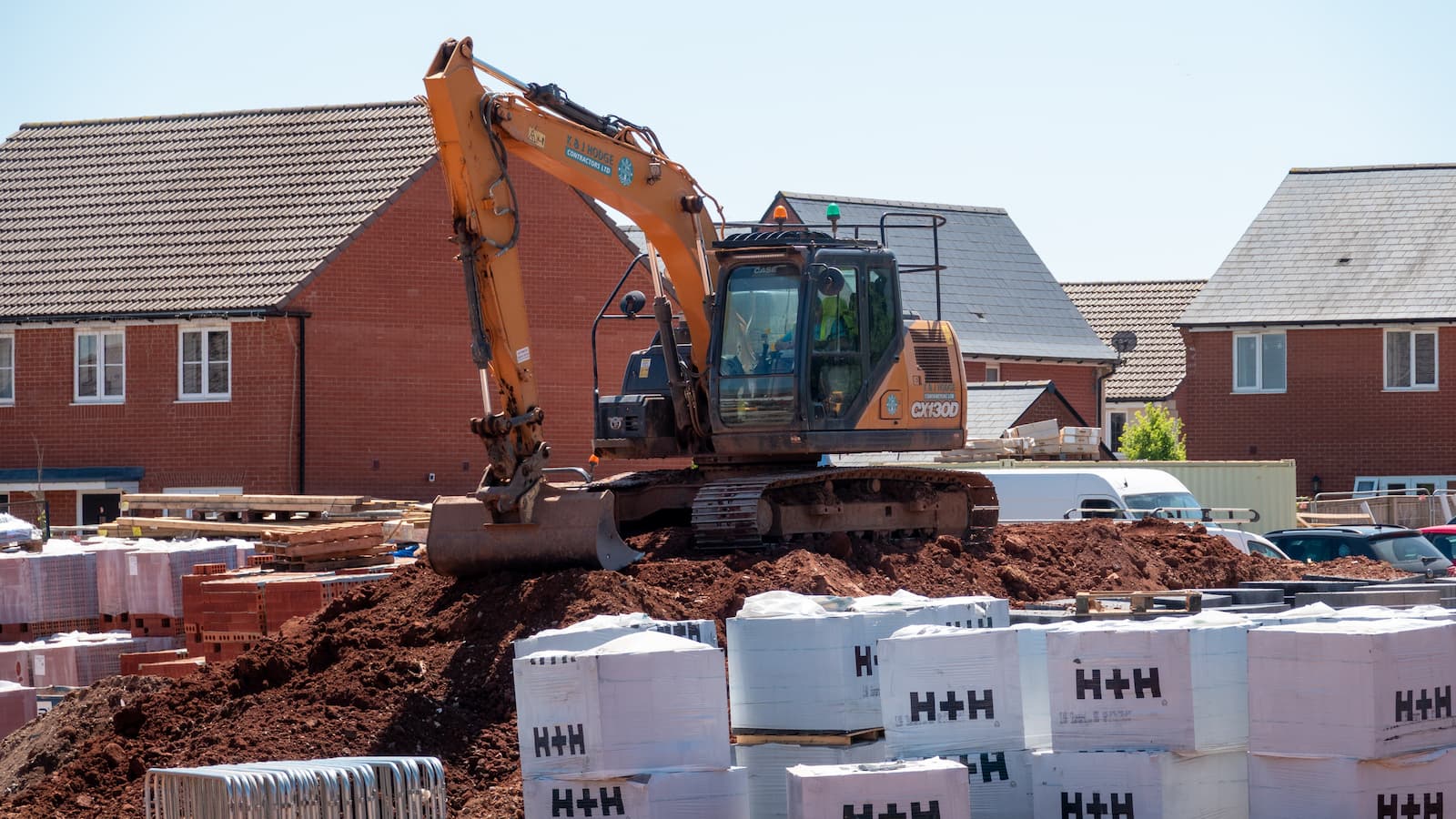Is the Government’s new Planning Bill threatening to widen the ‘green space gap’?
Labour’s drive to build homes fast could backfire, as experts warn its new Planning Bill risks deepening inequality in access to green space across Britain

Britain’s race to fix its housing crisis is colliding with another national obsession – the deepening divide between those who live near nature and those who don’t.
As Labour’s new Planning and Infrastructure Bill promises to “get Britain building” with fewer environmental hurdles, critics warn it could accelerate the loss of local green space and push new developments further away from nature.
With buyers now turning their backs on homes built at nature’s expense, the government’s planning reforms and vision for growth may be out of step with what the public actually wants.
What is the ‘green space gap’?
The term “green space gap” was popularised by the environmental charity Keep Britain Tidy, which has warned that access to quality green areas is becoming a matter of social inequality.
Its research found that three-quarters of people in the most deprived areas of England lack access to good-quality green space, compared with far fewer in wealthier communities.
These gaps aren’t just cosmetic. Studies link proximity to nature with better mental health, cleaner air, and stronger community ties, and property analysts say green space has become a key driver of housing desirability and value. In short, people don’t just want homes; they want livable places.
How the Planning and Infrastructure Bill could make it worse

Keir Starmer’s government has made no secret of its desire to “build, build, build.” The Planning and Infrastructure Bill aims to accelerate construction of 1.5 million homes and major national projects by cutting what ministers call “bureaucratic barriers”, including environmental regulations and local challenges through judicial review.
Bring your dream home to life with expert advice, how to guides and design inspiration. Sign up for our newsletter and get two free tickets to a Homebuilding & Renovating Show near you.
But campaigners say these same “barriers” are what protect green spaces from overdevelopment. By allowing developers to “offset” habitat destruction through payments to a central Nature Restoration Fund - rather than replacing greenery locally – the Bill risks creating communities with concrete where parks once stood.
Environmental lawyers warn that local voices will be sidelined, and protections for wildlife sites and urban green corridors weakened. If the government also moves to exit the Aarhus Convention, which lets citizens legally challenge such developments, the public’s right to defend their green spaces could all but disappear.
Why homebuyers don’t want to live without nature

Polling by ecological consultancy Arbtech found that 68% of active homebuyers expect to pay less for a home without access to nearby green space, and more than half would avoid properties built on sites where nature was destroyed and merely “offset” elsewhere.
Even among Labour voters, a majority said they would be less likely to buy homes built under the new offsetting rules. For a government banking on a construction-led economic revival, that’s a worrying sign: homes may go up faster, but demand for them could go down.
Robert Oates of Arbtech summed it up bluntly: “Pushing ahead with a law designed to build new houses will be worthless if nobody wants to buy them.”
The risk for Labour – and for Britain’s landscape
The green space gap is not just an environmental concern; it’s fast becoming a social and economic one.
As developers race to meet housing targets, the loss of local nature risks creating soulless estates, falling house prices, and growing resentment among voters who thought “levelling up” meant better places to live – not fewer parks.
For a government promising both prosperity and sustainability, the choice may come down to this: how to build more homes without building over what makes them worth living in.

News Editor Joseph has previously written for Today’s Media and Chambers & Partners, focusing on news for conveyancers and industry professionals. Joseph has just started his own self build project, building his own home on his family’s farm with planning permission for a timber frame, three-bedroom house in a one-acre field. The foundation work has already begun and he hopes to have the home built in the next year. Prior to this he renovated his family's home as well as doing several DIY projects, including installing a shower, building sheds, and livestock fences and shelters for the farm’s animals. Outside of homebuilding, Joseph loves rugby and has written for Rugby World, the world’s largest rugby magazine.
